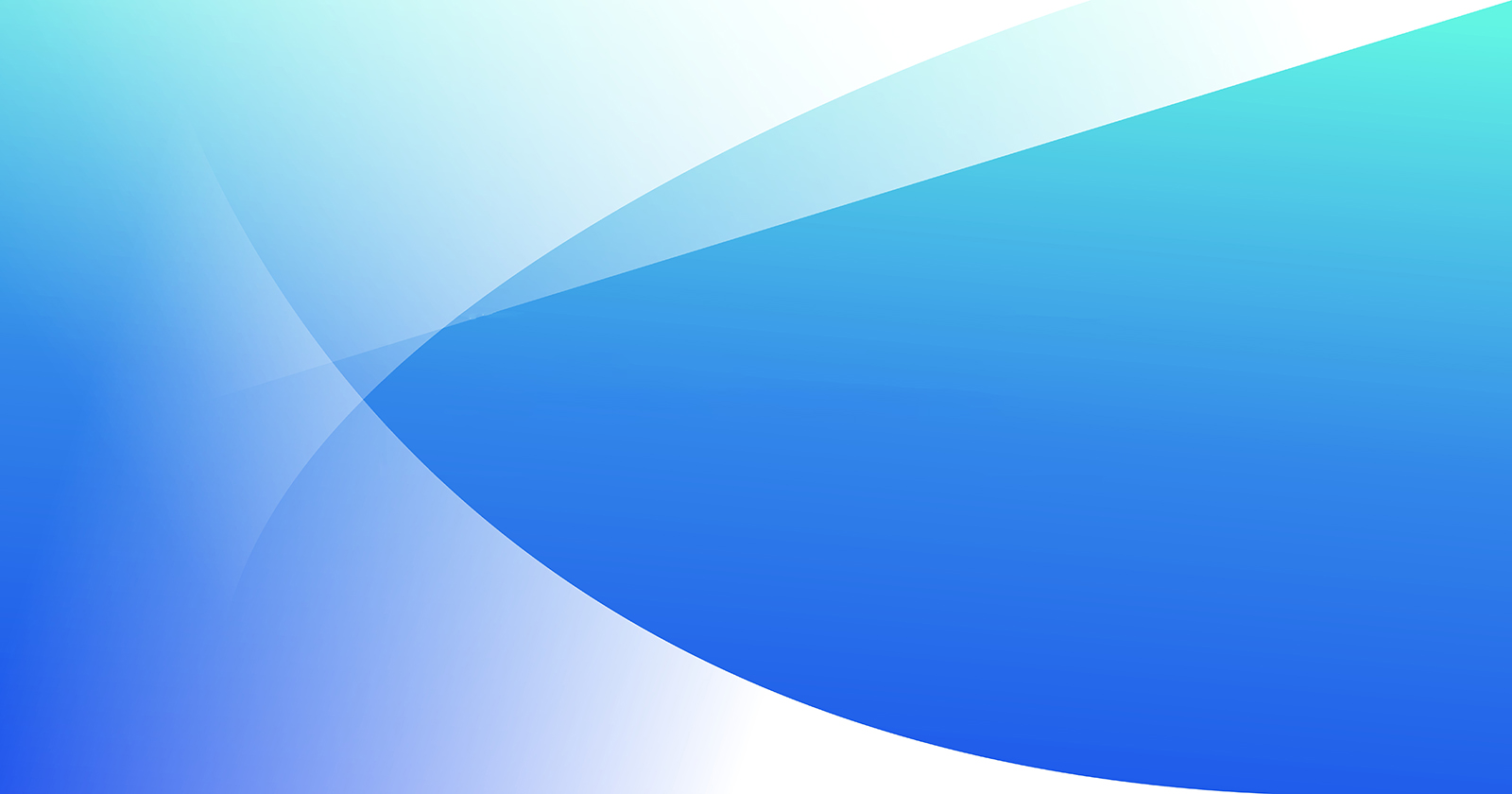Art and UI/UX Design : An Introductory Perspective
 TechScribe
TechScribe
As a photographer, mixed media artist, and avid learner of UI/UX Design, I find the link between these fields intriguing, especially when combining art techniques with UI/UX design to improve the look and engagement of websites and social media. How do art and UI/UX design connect? Let's delve into this interesting crossover and its impact on our tech interactions.
What is UI/UX Design?
Before we dive in any further, it is important to understand the basic definition of each. While often used interchangeably, there are differences between UX and UI Design.
UX design, or user experience design, is centered around enhancing the way in which people interact with various products and services on a daily basis. The primary objective of UX design is to ensure that the utilization of these products and services, whether they are digital or physical, is straightforward, coherent, and enjoyable.
UI Design, or User Interface (UI) design, focuses on creating the visual elements of a digital product with the user in mind. It involves designing the appearance and functionality of a website or application's interface. The interface serves as the visual layout of the application, which should not only be user-friendly but also aesthetically pleasing.
The Role of Art in UI/UX Design
Art has long served as a potent tool for conveying emotions, thoughts, and principles. Within the domain of UI/UX design, art is essential for crafting aesthetically pleasing interfaces that engage users and elicit particular emotions. Through the use of color palettes, fonts, graphics, and animations, art enables designers to communicate messages effectively and lead users along their digital experience. Additionally, similar to individuals who plan out a photograph or abstract art piece, UI/UX design also intersects with those best practices like seeking inspiration, evaluating materials or the scene, and strategizing composition, shape, movement, composition, contrast, and color.
Visual Hierarchy and Composition
Visual hierarchy is a fundamental principle of art that has a significant impact on UI/UX design. Similar to the arrangement of elements in a painting or photograph, UI elements must be organized to direct the user's focus and highlight essential information. Through the application of composition principles like balance, contrast, and alignment, designers can develop layouts that are visually appealing and user-friendly.
Emotion and Storytelling
Art possesses the ability to stir emotions and narrate tales, and this principle extends to UI/UX design as well. By skillfully incorporating colors, visuals, and interactive features, designers can craft digital interfaces that strike a chord with users on a profound level. Establishing an emotional connection with users enables designers to establish trust and foster engagement, thereby ensuring, or hoping for, repeat visits.
Branding and Identity
Art is essential in shaping a brand's identity by means of its visual language. Logos, color schemes, typography, and iconography all contribute to a brand's visual identity, serving as artistic expressions that convey its core values and character. When integrated into UI/UX design, these elements enable designers to craft unified and impactful brand interactions that resonate with users long after their initial encounter.
The Intersection of Art and UI/UX Design
UI/UX design is essentially an art form that demands creativity, meticulous attention to detail, and a profound comprehension of human behavior to develop seamless and enjoyable digital experiences. Designers need to possess not only technical expertise but also a sharp aesthetic sense and a genuine enthusiasm for establishing meaningful connections with users.
Every aspect of UI/UX design, from the color scheme of a website to the user interactions of a mobile application, is guided by artistic principles. By blending the realms of design and art, designers can create experiences that are not only visually appealing but also functionally intuitive and efficient. The fusion of UI/UX design and art forms a potent synergy that fosters innovation and influences the way we engage with technology.
Conclusion
In summary, the correlation between UI/UX design and art is indisputable. The fusion of artistic principles and design aesthetics plays a crucial role in crafting digital products that captivate and engage users. By embracing the creative elements of design and harnessing the influence of art, designers have the potential to enhance the user experience and leave a lasting impression. Therefore, the next time you interact with a website or app, take a moment to acknowledge the artistry behind the pixels and the code.
It is important to recognize that successful UI/UX design is not solely about functionality, but also about creating a visually captivating and emotionally impactful experience for users. By comprehending the connection between UI/UX design and art, designers can elevate their work to new levels and truly make a meaningful impact in the digital realm.
Subscribe to my newsletter
Read articles from TechScribe directly inside your inbox. Subscribe to the newsletter, and don't miss out.
Written by

TechScribe
TechScribe
Adult learner whose stepping out of my comfort zone and tapping into an eagerly anticipated wish to write about technology-related subjects.